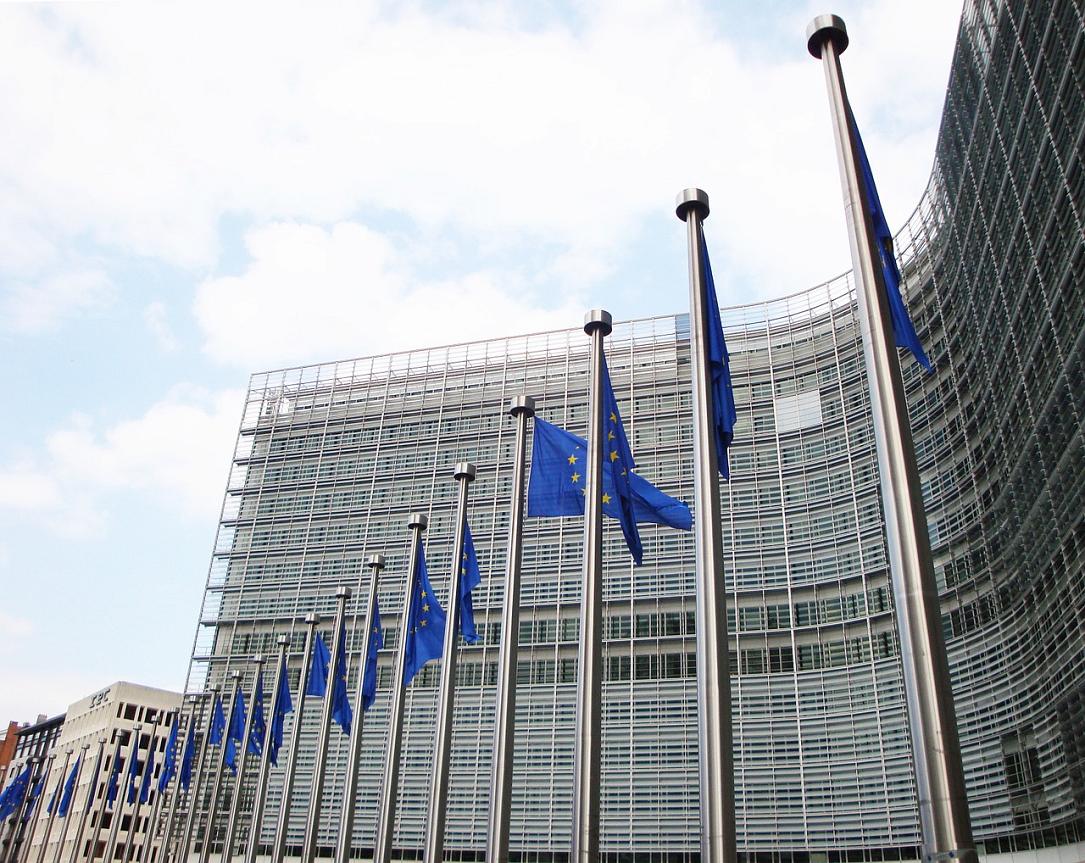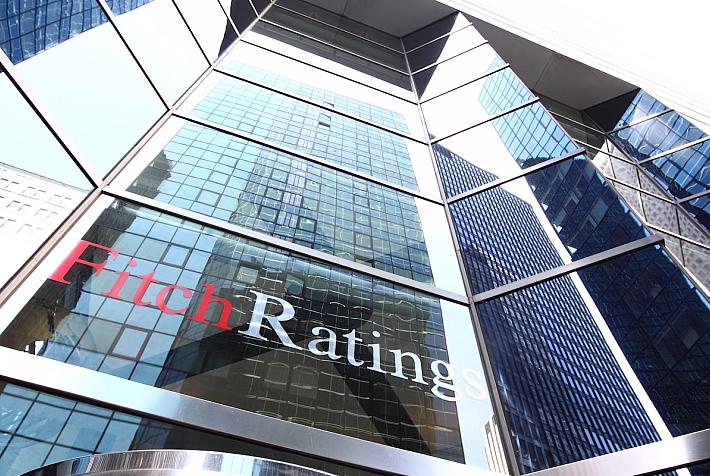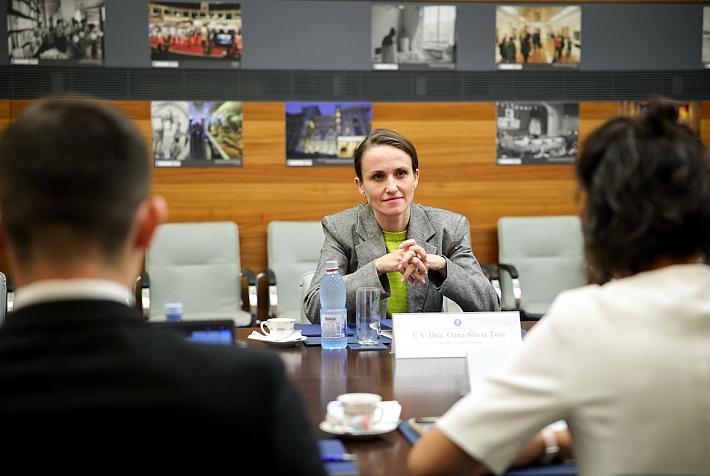European Semester: Romania’s wage-led-growth not sustainable

The near halving of GDP growth in 2018, mainly due to a slowdown in consumer spending, has revealed the limits of Romania’s economic growth model, the European Commission’s European Semester Report launched on February 27, asserted on a topic subject to heated debates recently: the wage-led-growth.
The growth model, based on consumer spending, affects the country's ability to reach EU living standards sustainably, the report's authors argue. Despite the substantial slowdown in 2018, growth remains robust, they admit.
The lowest unemployment rate in a decade (3.8%), a declining labor force and persistent skills shortages have brought Romania close to full employment, which makes recruitment difficult and drives wage growth, the report says about the local labor market. However, the figures might be misleading in this regard -- when employment is 4.6 million in a 19-million country, one can hardly speak of full employment. Moreover, the companies leaving Romania because of rising wages create room for higher value-added industries and companies that use the workforce they trained.
However, the report spots several major issues mainly related to the lack of regulatory predictability and even more, bad regulation. Recent parliamentary and government measures [including the emergency ordinance OUG 114/2018 as well as the offshore law] have created risks to the stability of the financial sector [among others], the EC report warns. These could negatively impact lending and limit the impact of monetary policy, and may reverse several years of continuous improvement, the report concludes when discussing the financial sector.
Public investment has been subdued in recent years and is expected to recover.
editor@romania-insider.com
(Photo source: Pixabay.com)












